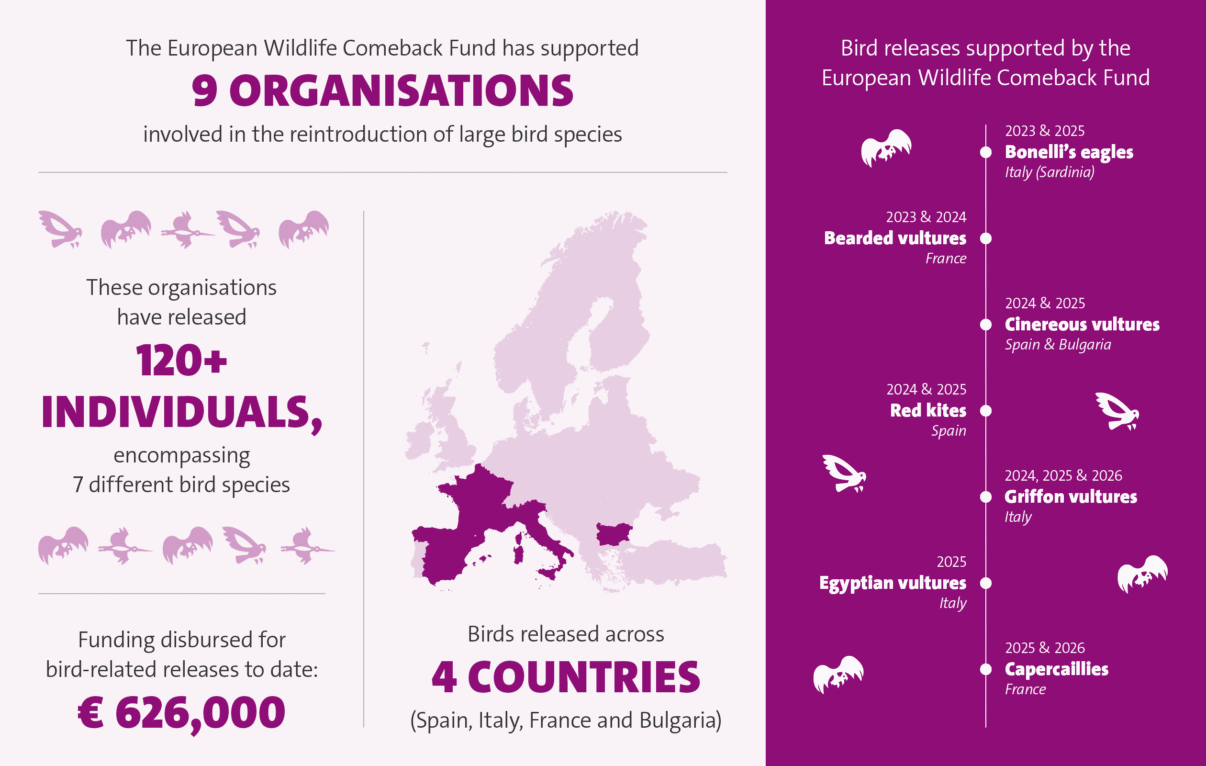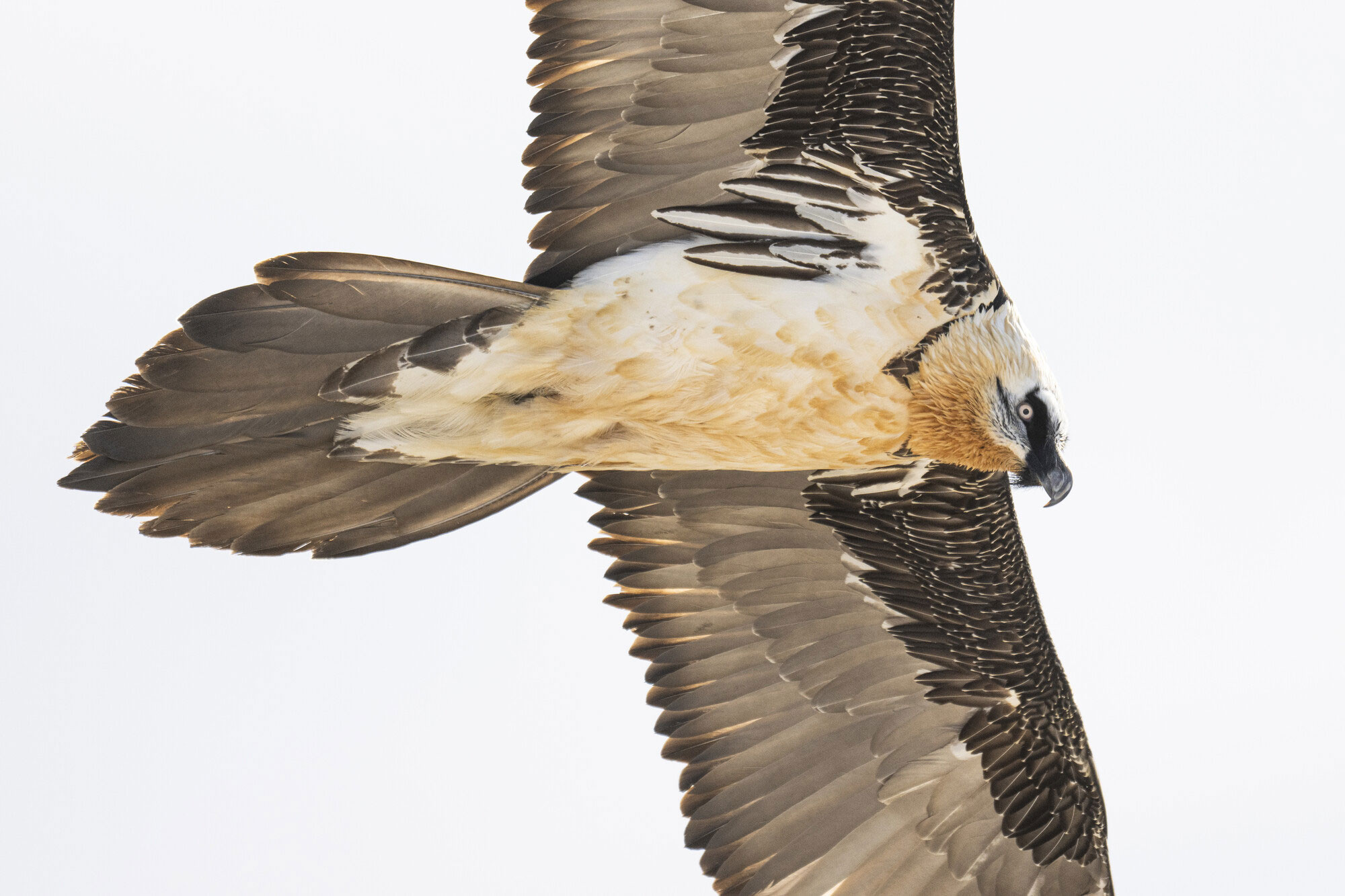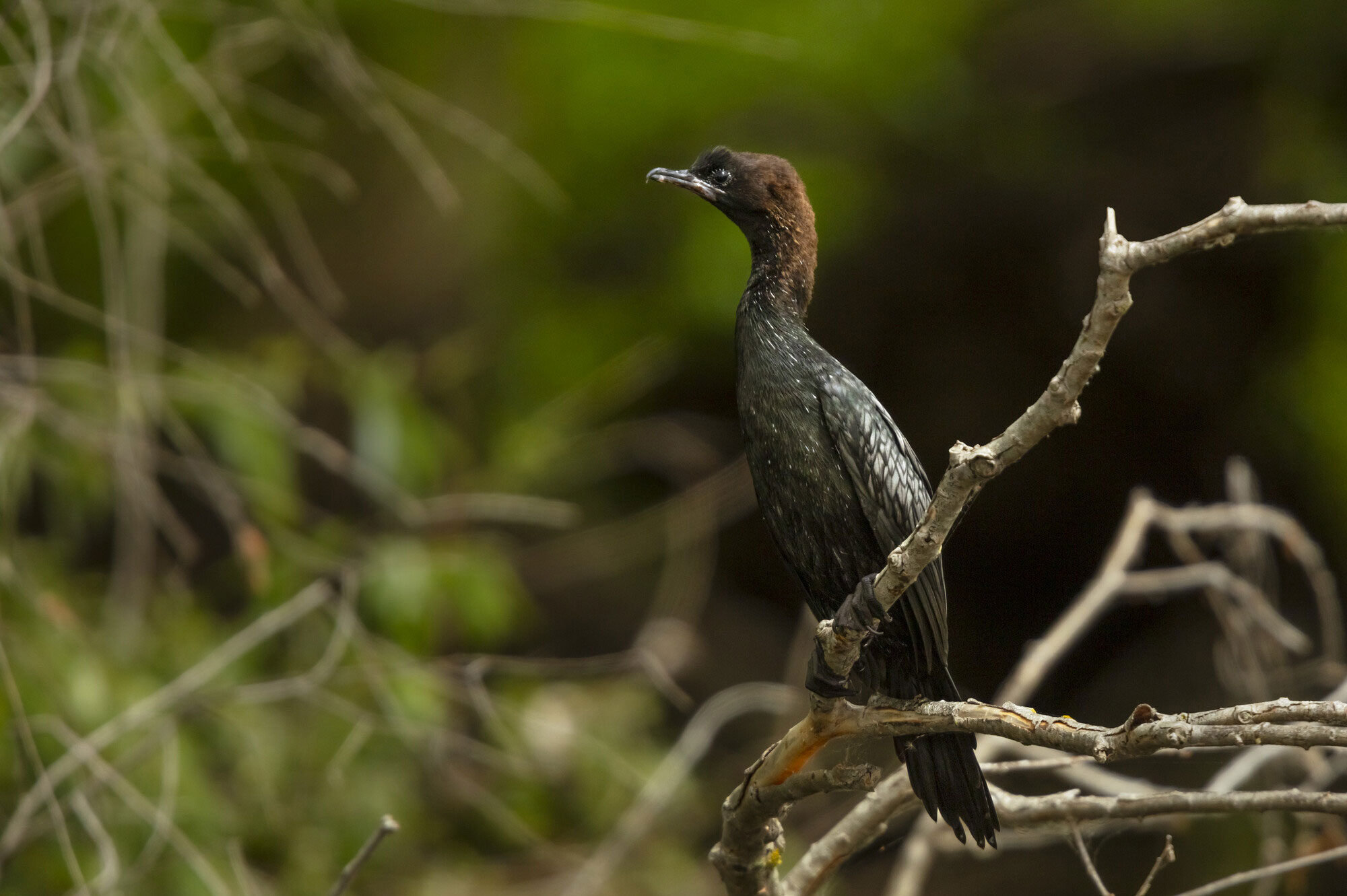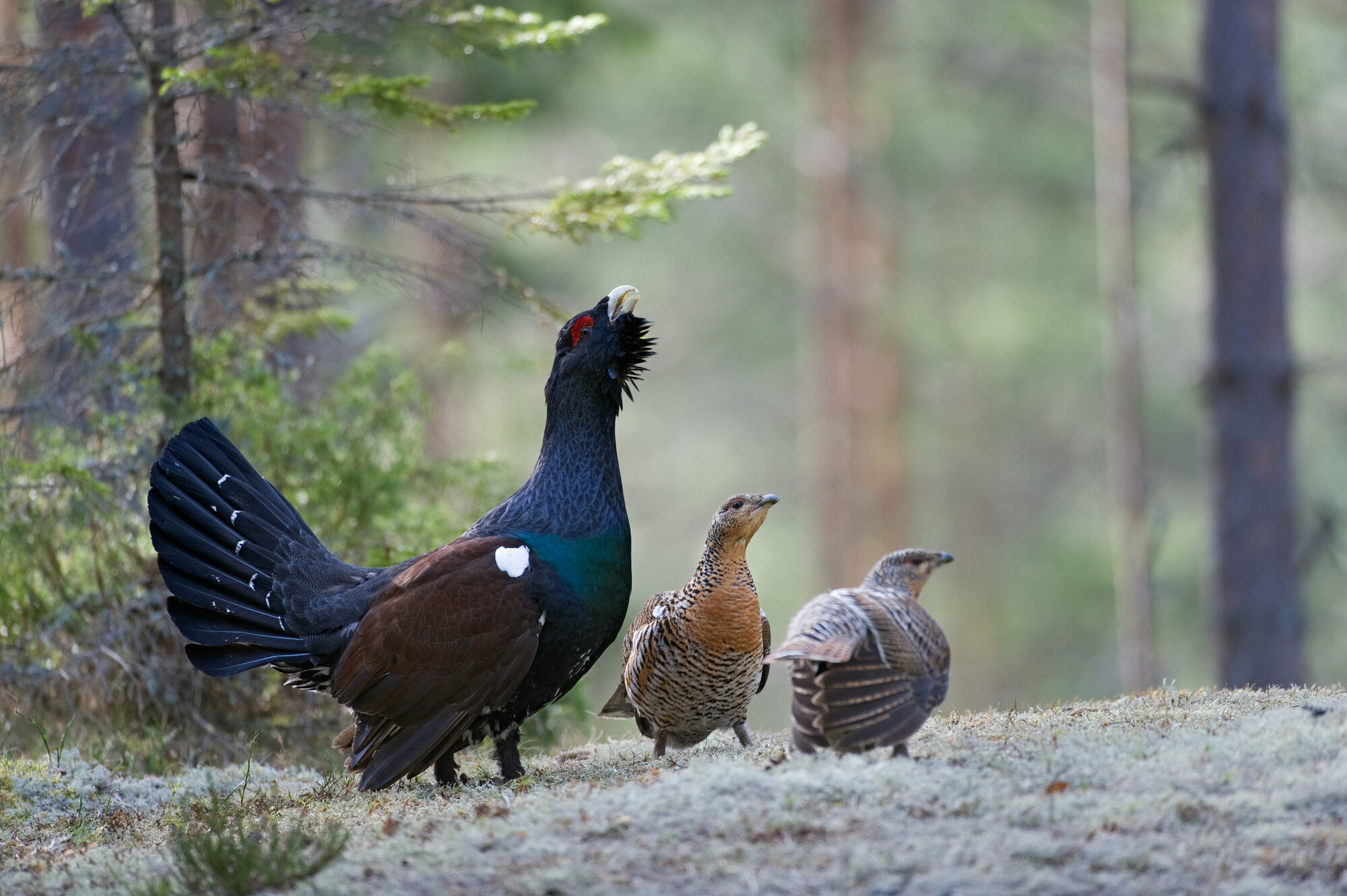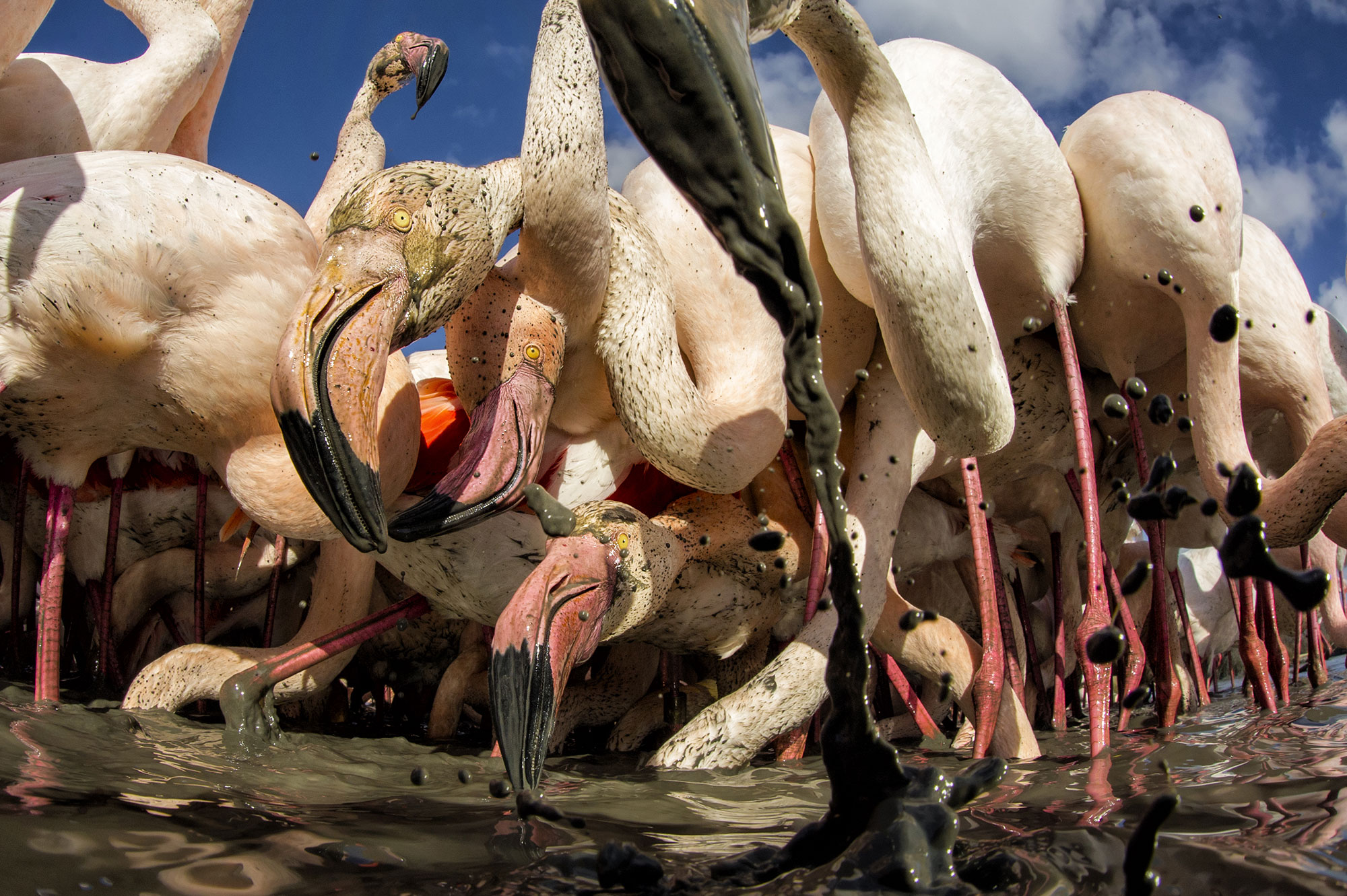Rewilding supports the comeback of all wildlife – including birds. The efforts of Rewilding Europe and our partners are helping European bird species take to the air on a growing scale, delivering wide-ranging benefits for nature and people.
Winged wonders
Birds are some of the most incredible creatures on Earth. Across the world there are more than 11,000 species, each with their own unique appearance and habits. Around 500 different types of bird make Europe their home – from the tiny firecrest to the majestic cinereous vulture.
For millennia, birds have been winging their way across the globe and through our imaginations. The sight of birds in flight conveys a sense of freedom – from the awesome dive of a peregrine falcon to the swooping curves of a barn swallow. Witnessing our avian counterparts going about their daily lives connects us with nature and reminds us that we co-exist with the wildlife all around us. Beyond this, birds play a critical role pollinating plants, dispersing seeds, controlling pests, scavenging, and enriching our environment. They help to maintain healthy, well-balanced ecosystems – ensuring the stability of habitats that store carbon, filter water, purify air, and protect coastlines – and also support nature-based economies that rely on birdwatching tourism.
Despite their importance, however, bird populations in Europe have declined alarmingly in recent decades. An estimated 550 million birds have disappeared from the continent over the last 40 years, with agricultural intensification, climate change, changes in forest cover, and urbanisation some of the major drivers.
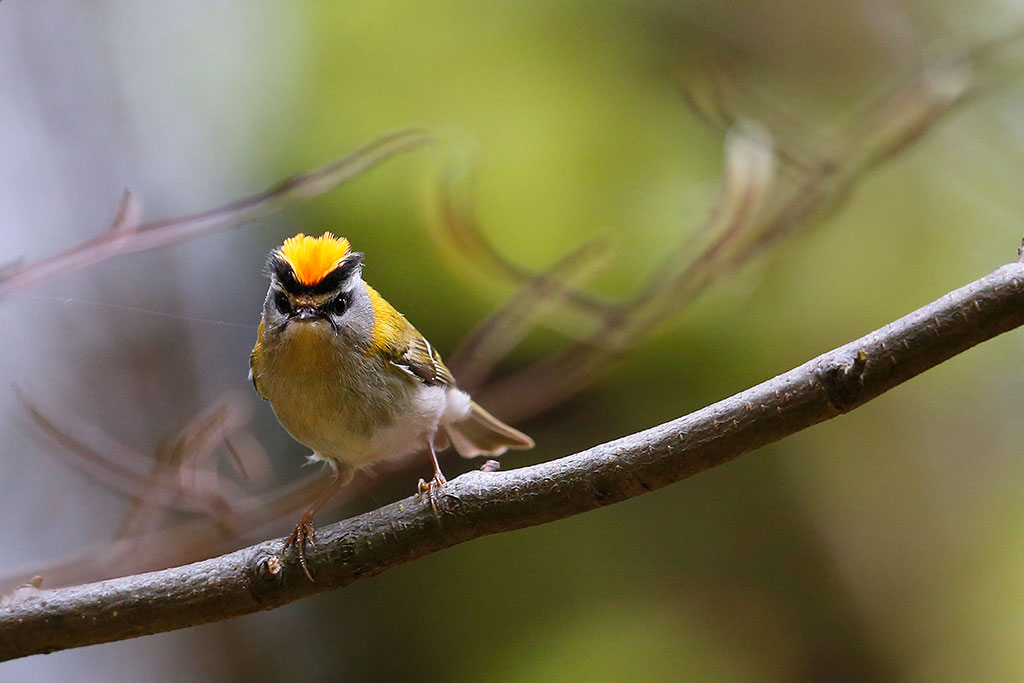
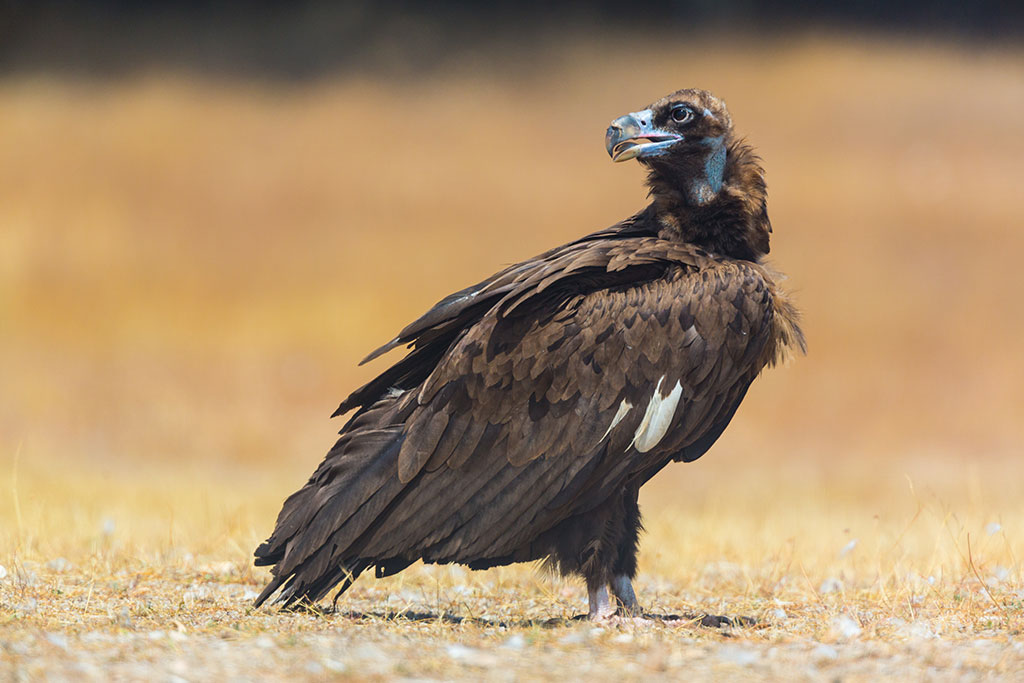
Advancing avian comeback
The good news is that bird populations can bounce back if we give them the space and right conditions. Rewilding Europe’s latest European Wildlife Comeback Report shows that species such as barnacle geese, griffon vultures, great white egrets, and Dalmatian pelicans are recovering, supported by conservation efforts, better legal protection, and changes in policy and land use.
Recognising the critical role that birds play in wild nature – particularly keystone species that have a significant impact on ecosystems, such as vultures and other raptors – Rewilding Europe and its partners are working to restore bird populations in a growing number of landscapes across Europe. The rewilding of vital habitats is helping species such as black grouse and Dalmatian pelicans recover on their own, while measures such as leaving animal carcasses in the wild to provide food for scavengers and the reintroduction of free-roaming wild herbivores are supporting vulture comeback by boosting the availability of food, thereby strengthening the circle of life.
In other landscapes, where natural recolonisation by relevant bird species is unlikely or impossible – or growth in existing populations is slow – reintroductions and population reinforcements are also supporting avian comeback. Ongoing programmes, for example, are seeing Rewilding Europe and its landscape partners reintroduce cinereous vultures in Bulgaria’s Rhodope Mountains and Spain’s Iberian Highlands, and eagle owls in the cross-border Danube Delta. Griffon vultures will be released in the Central Apennines rewilding landscape in 2025, reinforcing the recovering local population.
Scaling up
From urban parks and domestic gardens to coastal wetlands and towering mountain ranges, Europe’s myriad bird species need wide-ranging support to enable them to survive and flourish. Today, Rewilding Europe is working with a burgeoning coalition of partners to amplify the rewilding of European skies.
Grants from our European Wildlife Comeback Fund, which works to scale up keystone species reintroduction and population reinforcement across Europe, are supporting an ever-increasing number of rewilding initiatives with their bird-related efforts. The fund has helped Spanish NGO GREFA, for example – with whom Rewilding Europe has just signed a partnership agreement – release cinereous vultures in Sierra de la Demanda in Spain, red kites in Cazorla Natural Park (also in Spain), and Bonelli’s eagles in Sardinia (in collaboration with ISPRA). Experts from GREFA are providing advice for the upcoming reintroduction of griffon vultures in the Southern Carpathians rewilding landscape in Romania, with the NGO set to provide birds for release here.
“Today, we are seeing many populations of many large bird species make a comeback in Europe, thanks to the untiring work of many organisations,” says Rewilding Europe’s Rewilding Landscapes Manager Sophie Monsarrat, who manages the European Wildlife Comeback Fund. “As they disperse across Europe and beyond, birds connect areas and play a critical role maintaining and restoring the health and functionality of ecosystems, so we are proud to support these critical efforts.”
“As they disperse across Europe and beyond, birds connect areas and play a critical role maintaining and restoring the health and functionality of ecosystems.”

Sophie Monsarrat
Rewilding Landscapes Manager
The network effect
Members of Rewilding Europe’s European Rewilding Network, which earlier in 2025 saw its membership reach 100, are also directly working to restore bird populations. French vulture rewilding initiative Vautours en Baronnies, for example, which joined the network in 2024, is working to restore populations of all four European vulture species in the southwestern French Alps, while The “Reintroduction of Vultures in Madonie, Sicily” initiative, which joined in 2023, is working to bring back griffon vultures in the Madonie Regional Natural Park in north-central Sicily. The “Reintroduction of the Northern Bald Ibis” initiative is working to support Northern bald ibis comeback in Central Europe – with 142 birds having been reintroduced between 2014 and 2019 – while the “Rewilding Capercaillie” initiative is working to support capercaillie comeback in Croatia.
By enhancing habitats for wildlife, a whole range of other network members are indirectly supporting avian comeback – from pygmy cormorants in the Laguna del Re Oasis in Italy, to Eurasian bittern, flamingos, and little bustards in the Camargue region of France.
Creating an enabling environment
Today, European birds of all species face a diverse range of threats – from climate change, disappearing habitat, and a lack of food, to chemicals in the environment, poaching, nest disturbance, and collisions with wind turbines, power lines, and other infrastructure. Effectively rewilding European skies means addressing and mitigating these threats as much as possible, in order to create an environment where birds can thrive and fill our skies.
European populations of vultures and other raptors are particularly susceptible to illegal poisoning. Poisoned carcasses, which are deliberately left in nature to try to exterminate predators such as wolves, can have a devastating impact on these scavengers. In the Rhodope Mountains and Central Apennines rewilding landscapes, the tagging of both cinereous and griffon vultures with GPS transmitters has given the local rewilding team and partners groundbreaking insight into the movement of vulture populations and the various threats that they face – including poisoning – while anti-poison dog units have been patrolling the landscape since 2016.
Other measures to enhance human-bird co-existence are equally important. In several rewilding landscapes, rewilding teams have worked with local partners to install diverters on power lines, which make them more visible to birds and lowers the risk of fatal collisions. And educational programmes and efforts to raise awareness of the importance of birds and their conservation are helping to build engagement and inspire people to want to protect and enhance bird populations.
Let’s rewild European skies together
Birds are amazing. They bring joy to our lives and play countless roles in healthy ecosystems – which is why preserving and boosting bird diversity and abundance in Europe and beyond benefits all living things.
Everyone can play a role ensuring people and birds can thrive together – from rewilding back gardens to taking birdwatching trips that support nature-based economies. European rewilding initiatives working to restore populations of keystone bird species are welcome to apply to the European Wildlife Comeback Fund and for membership of the European Rewilding Network. Those interested in financially contributing to bird recovery in Europe – and the recovery of other keystone wildlife species – can support the fund with an online donation. And if you’d like to invest more than 50,000 euros in the fund, we’d love to get in touch with you personally.
